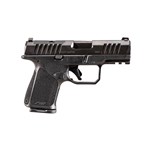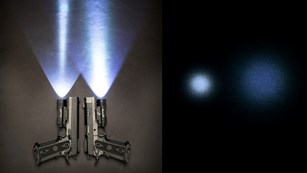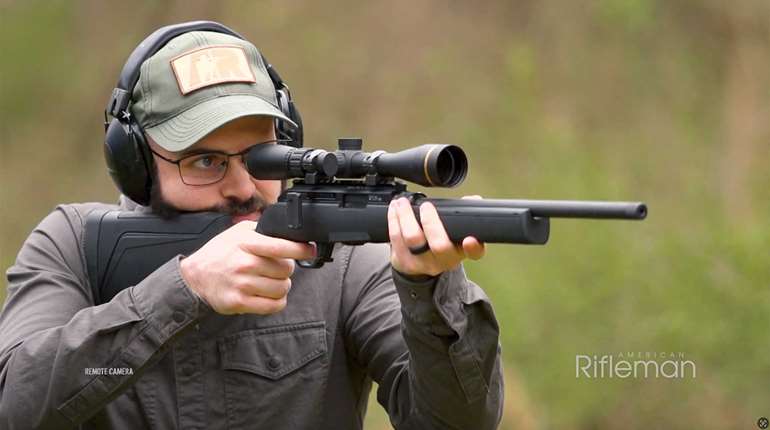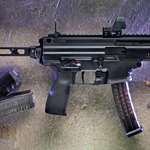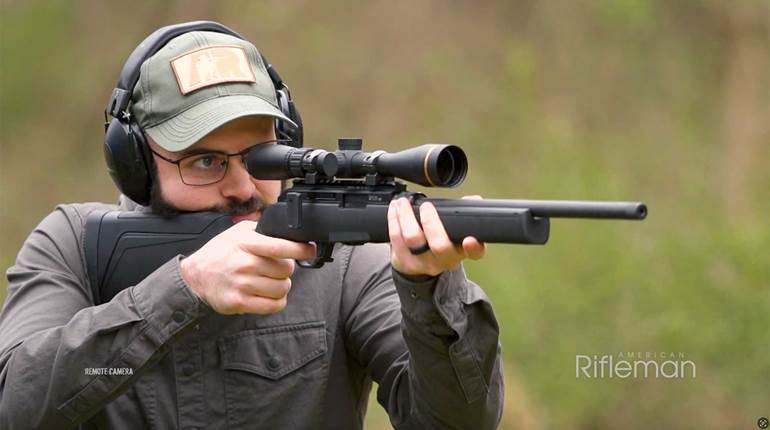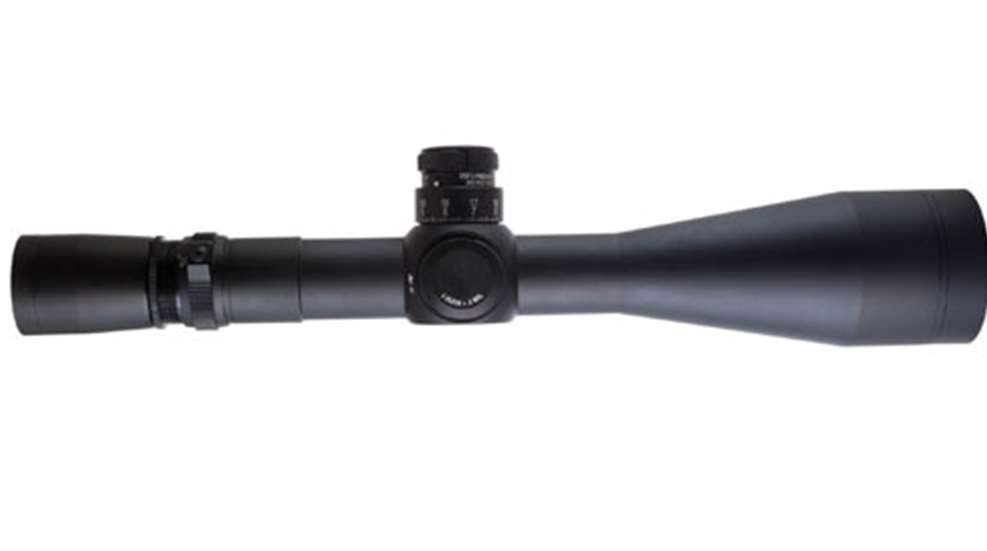
When it came to geometry, I used every angle possible to get out of class. Therefore, it was no coincidence I started sweating bullets during an optics seminar that went off on a mathematical tangent.
I’m glad it did, though. The technology packed into modern riflescopes may be a sine (that’s a joke for those who didn’t ditch class) of the times, but harnessing all that power still comes down to some common sense.
If you’re finicky about your setup you should find a riflescope’s mechanical zero before it is mounted. The reason comes down to geometry so basic I’d never given it any thought.
My explanation is grossly oversimplified, but it’s easy to visualize what’s going on when you look through a scope. The field of view is a circle and at its center you find the intersection of stadia lines called the crosshair.
Now, imagine the vertical line moving to the left, while the field of view remains stationary. The line becomes shorter and shorter as it moves away from the center, limiting the amount of hold over or hold under available.
When looking through a traditional scope, you always see a circle with the crosshair centered perfectly. Internally, though, the assembly that projects the image back to your eye moves slightly within the tube every time you dial for windage or elevation. Space inside is limited, so if you go far enough one way or the other the amount of adjustment available on the turrets diminishes-just like the vertical stadia line got shorter as we envisioned it moving from the field of view’s center. It’s the old “longest line in a circle must pass through the center rule” I missed because I was out with the “flu.”
So to maintain the maximum number of elevation and windage clicks available on your scope, start by finding mechanical zero before mounting. To do that, count the total number of windage “clicks” (one at a time), until you’ve gone fully from one adjustment stop to the other. Then do it again to double check your findings. Take my word for it, once you’ve hit 264 clicks it’s easy to lose count. Do the same for elevation. Don’t trust markings on the turret. Divide both in half, and that’s the respective number of clicks to dial back into the scope (from the stops). Now your reticle should be at the midpoints, mechanical zero-but if it was way off in the first place you may need to double check.
The explanation is obliquely oversimplified, I admit. And, nearly all scopes I’ve ever tested come from the manufacturer at mechanical zero.
So why invest the time? Some sporting goods employees like to make clicking noises while talking to customers, and when ballpoint pens are scarce, turrets are often used. Then there’s vibration during shipment and oversights at the factory.
The experts seem to disagree on this one, but I have a tendency to agree with the Leupold instructor at the seminar. To some degree you’ll also be lapping in those extremely small gears.



